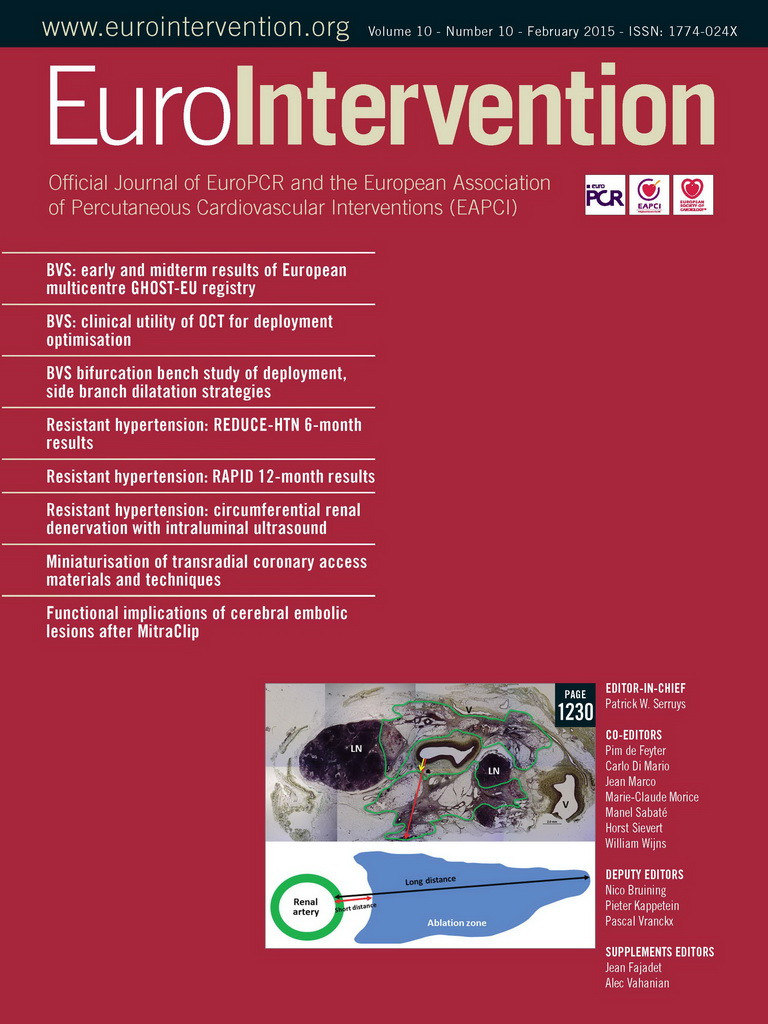Returning from Singapore after participating in AsiaPCR/SingLIVE 2015, I had time on the plane to reflect on the wonderful experience that this meeting offered. The fact that this 6th meeting was very well attended is of course a very fine testament to the hard work of the AsiaPCR/SingLIVE Course Directors Eric Eeckhout, Upendra Kaul, Koh Tian-Hai and Christoph Naber; however, we should not lose sight of the fact that the foundation of this success is that they have developed, nurtured and refined the sessions to such a high degree that this naturally attracts many attendees.
Personally, I have noticed some interesting evolutions over the years at AsiaPCR/SingLIVE. Firstly, this course has evolved from sessions based on singular case reports to more structured sessions using larger series of data. Secondly, the position of the patient in the treatment strategy decision process has increased in importance over the years. Today, the Asian patient is better informed of the treatment modalities as compared to the recent past. Previously, most patients would be sent directly to the cathlab table, whereas today the possibility of surgery is discussed with these same patients. Tools such as the SYNTAX score and the Heart Team concept are becoming more commonplace in daily practice. I think the next step would be to encourage and stimulate the collection and analysis of longer-term follow-up data in various subsets.
In this digital age, it is remarkable to see the interaction between the panel and audience using the “React@pcr” platform. Questions for the speakers, the panel or the operators were posted by the audience via instant messaging, and this uninhibited interactivity and exchange sometimes generated very interesting debates. For instance, at the session “Will the DAPT trial change my practice?”, the majority of questions on the “React@pcr” platform were focused on how the results of this study translated to Asian patients, bearing in mind their unique anatomical and biological profile characteristics.
Singapore also marked the official launch of AsiaIntervention. This new journal, with original papers predominantly from the region, has been placed in the capable hands of Runlin Gao, Upendra Kaul, Takeshi Kimura and Seung-Jung Park, and I have been invited to act as a Consulting Editor. It is a tremendous honour for me to be involved in this auspicious project, especially when I hear the positive reactions from the attendees regarding the first issue.
Professor Tan, from the National University Heart Centre, Singapore, proudly announced the news that he has welcomed his first European Clinical Fellow into his Fellows Programme. For me, this is absolutely unique – a European, Leo Timmers, travelling in the opposite direction from the normal pathway, that of Asian Fellows coming to Europe. Here in Rotterdam, for example, looking around our building, I see we have Fellows from Korea, Japan, China and Thailand working together with our Turkish, Bosnian, Brazilian and Dutch Fellows.
Our discipline is profoundly international and AsiaPCR/SingLIVE, AsiaIntervention and the intercontinental exchange of Fellows demonstrate the true fusion of Asia and Europe.

